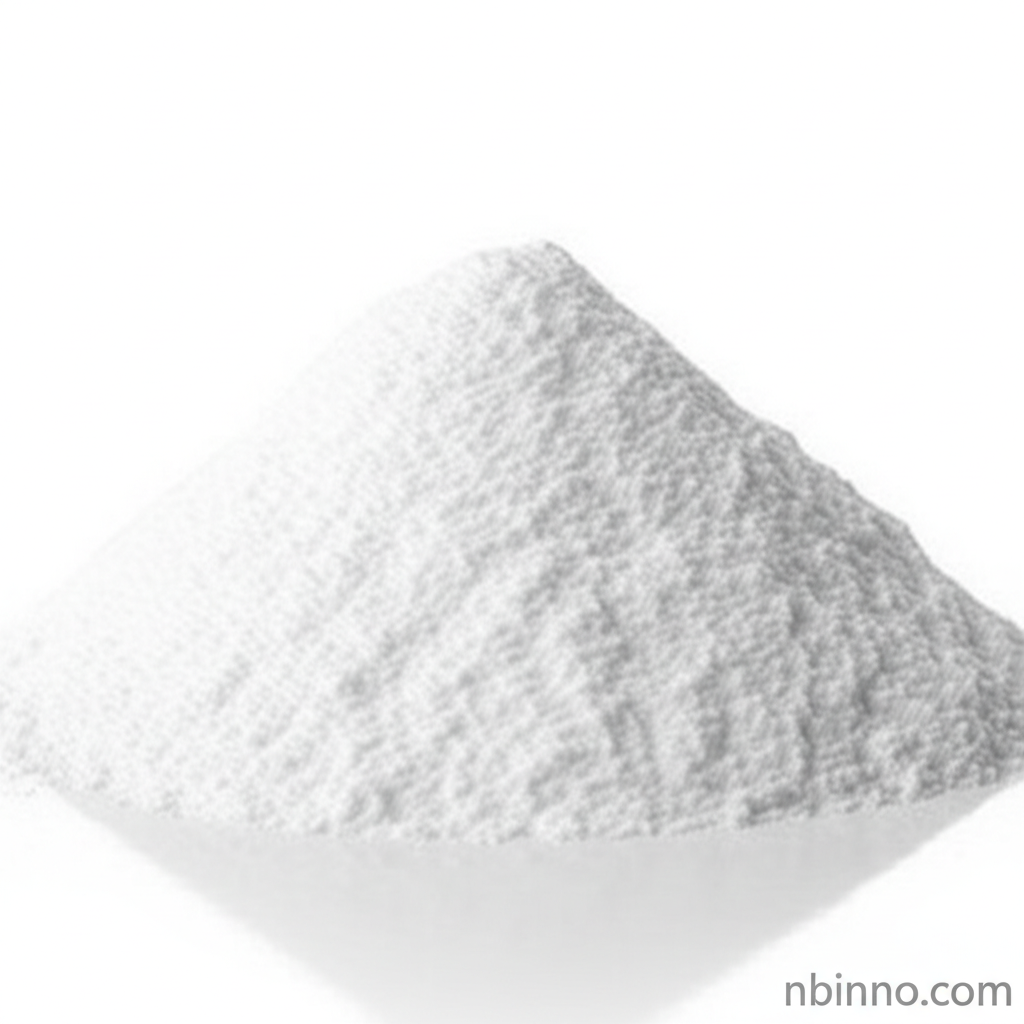Hydroxypropyl Methyl Cellulose (HPMC): A Versatile Additive for Construction and Beyond
Discover the essential properties and wide-ranging applications of Hydroxypropyl Methyl Cellulose (HPMC), a key ingredient in modern construction, pharmaceuticals, and food industries. Explore how this cellulose derivative enhances performance and sustainability.
Get a Quote & SampleProduct Core Value

Hydroxypropyl Methyl Cellulose
As a leading supplier in China, we offer Hydroxypropyl Methyl Cellulose (HPMC), a non-ionic cellulose ether derived from natural cellulose. It is a vital additive in construction materials, enhancing properties like water retention, adhesion, and workability. Our commitment to quality ensures that HPMC plays a crucial role in improving the performance and durability of various building products, making us a reliable manufacturer in China.
- Introduction to HPMC's Role in Construction Materials: Hydroxypropyl Methyl Cellulose (HPMC) is instrumental in improving the workability and adhesion of mortars, tile adhesives, and plasters, as highlighted in discussions about HPMC in construction materials.
- Enhancing Water Retention and Adhesion: The benefits of HPMC for mortar include its excellent water retention capabilities, which prevent premature drying and improve bond strength, ensuring a lasting finish.
- Versatility Beyond Construction: Beyond its primary use in building, HPMC finds significant applications in the pharmaceutical sector as a binder and coating agent, and in the food industry as a thickener and stabilizer, demonstrating its broad utility.
- Safety and Sustainability: Recognized for its safety, HPMC is approved by regulatory bodies and is considered biodegradable, aligning with the growing demand for sustainable construction chemicals.
Advantages Provided by the Product
Superior Water Retention
HPMC significantly enhances the water retention of construction materials, preventing rapid drying and ensuring optimal hydration, which is crucial for achieving strong cement-based formulations. This property is key when considering HPMC in construction materials.
Improved Workability and Adhesion
The addition of HPMC improves the plasticity and slip resistance of mortars and plasters, making them easier to apply and enhancing adhesion to substrates. This benefit is often cited when discussing cellulose ether for tile adhesive.
Crack Resistance and Durability
By maintaining adequate moisture content and improving cohesion, HPMC contributes to the crack resistance and overall durability of building materials, a key factor for long-lasting structures.
Key Applications
Construction Materials
HPMC is indispensable in mortars, tile adhesives, plasters, and putties, improving workability, water retention, and adhesion, central to HPMC in construction materials.
Pharmaceuticals
Used as binders, coatings, and controlled-release agents in tablets and eye drops, HPMC is vital for drug formulation and delivery, highlighting pharmaceutical grade HPMC uses.
Food Industry
As a thickener, stabilizer, and emulsifier, HPMC enhances the texture and stability of food products, a key aspect of its role in the food industry.
Cosmetics & Personal Care
HPMC acts as a film-former and thickener in lotions, creams, and shampoos, improving texture and efficacy, demonstrating its use in the cosmetics sector.
